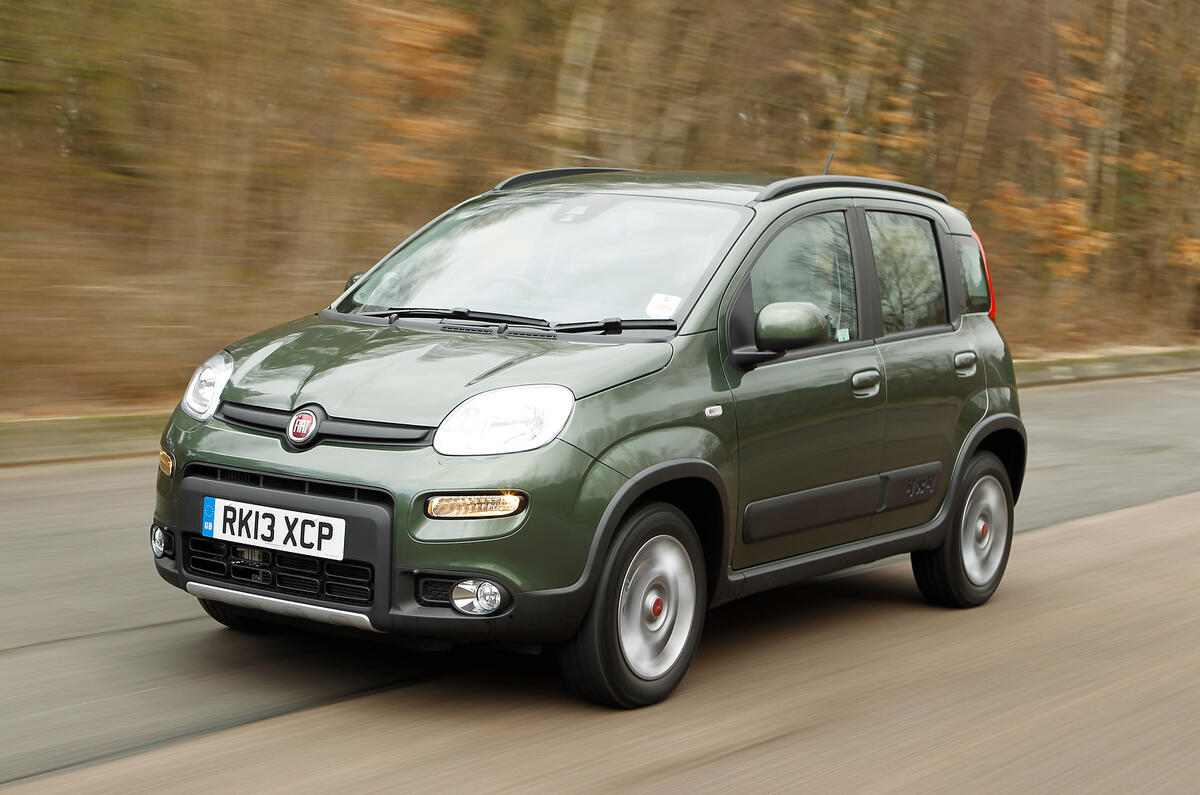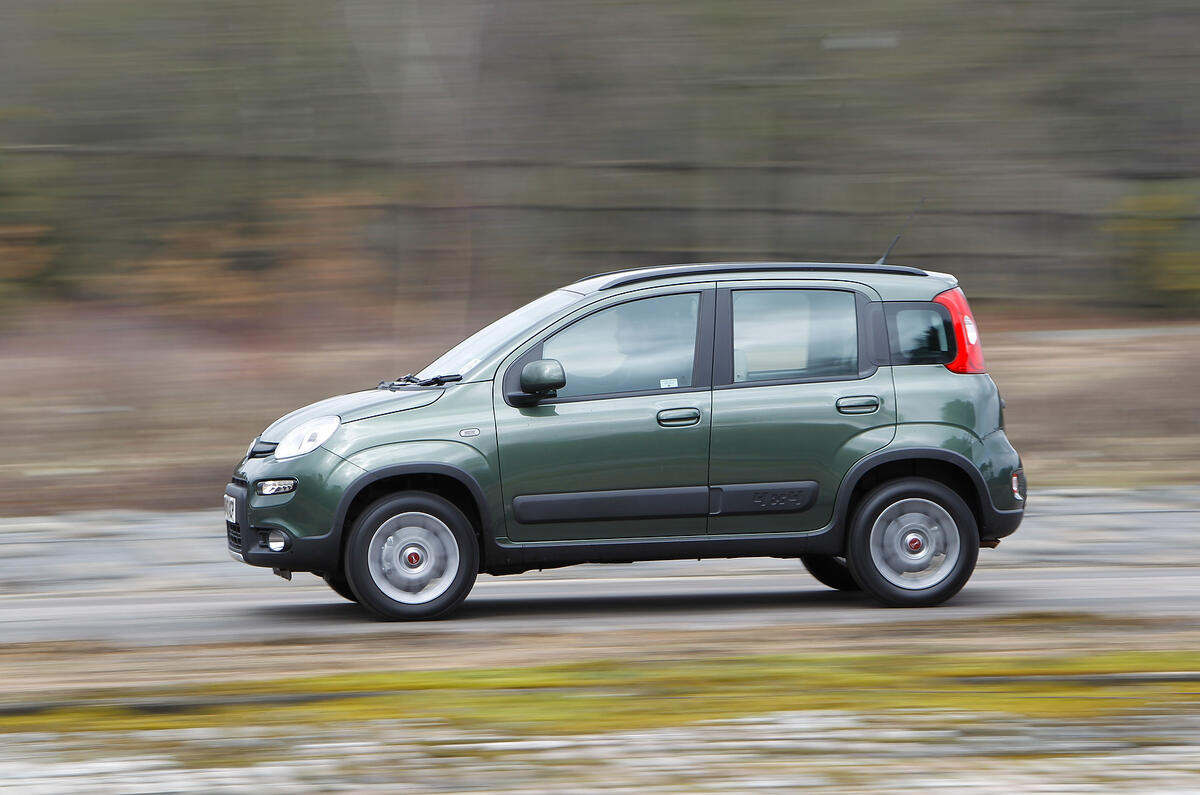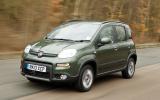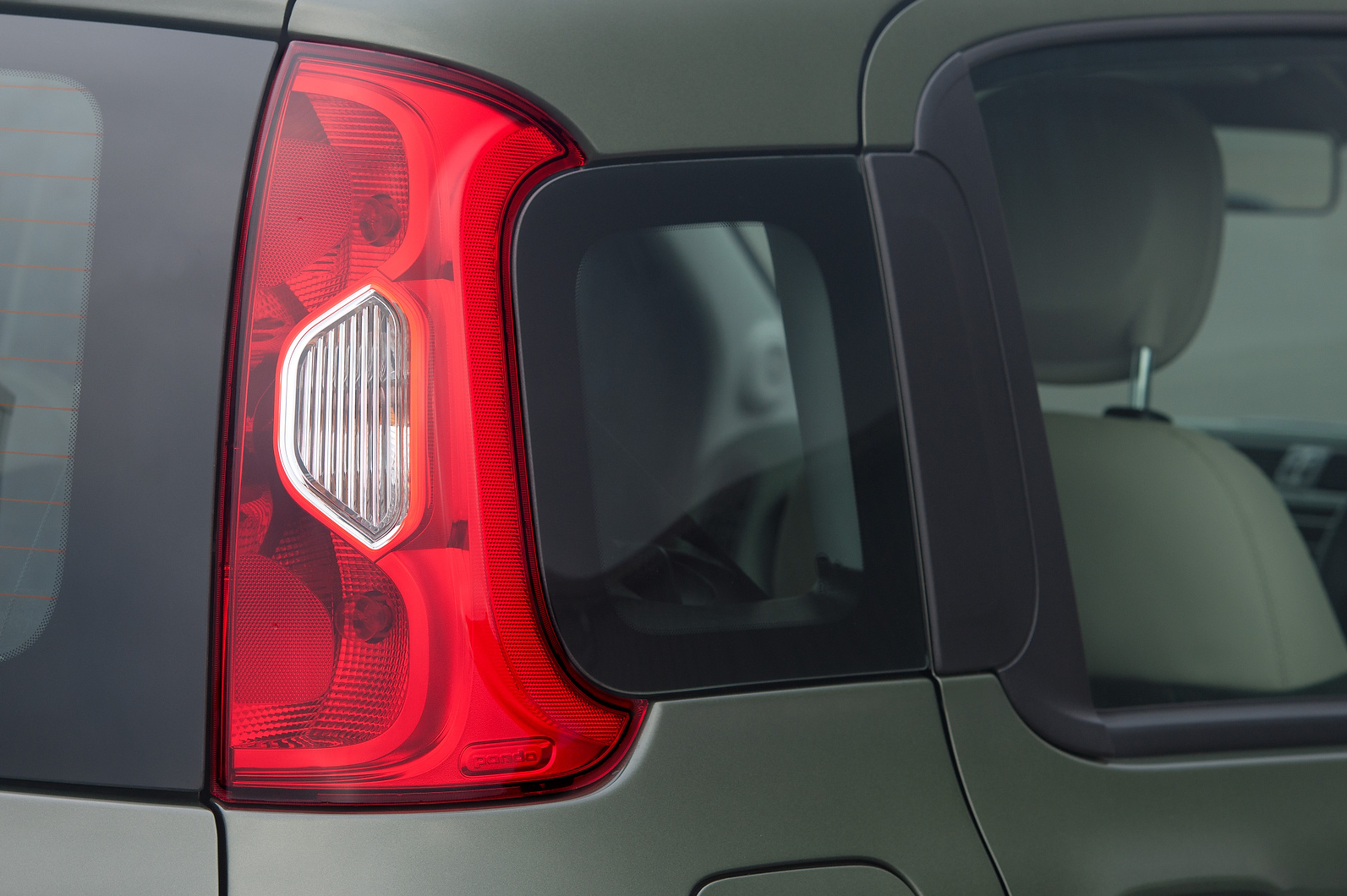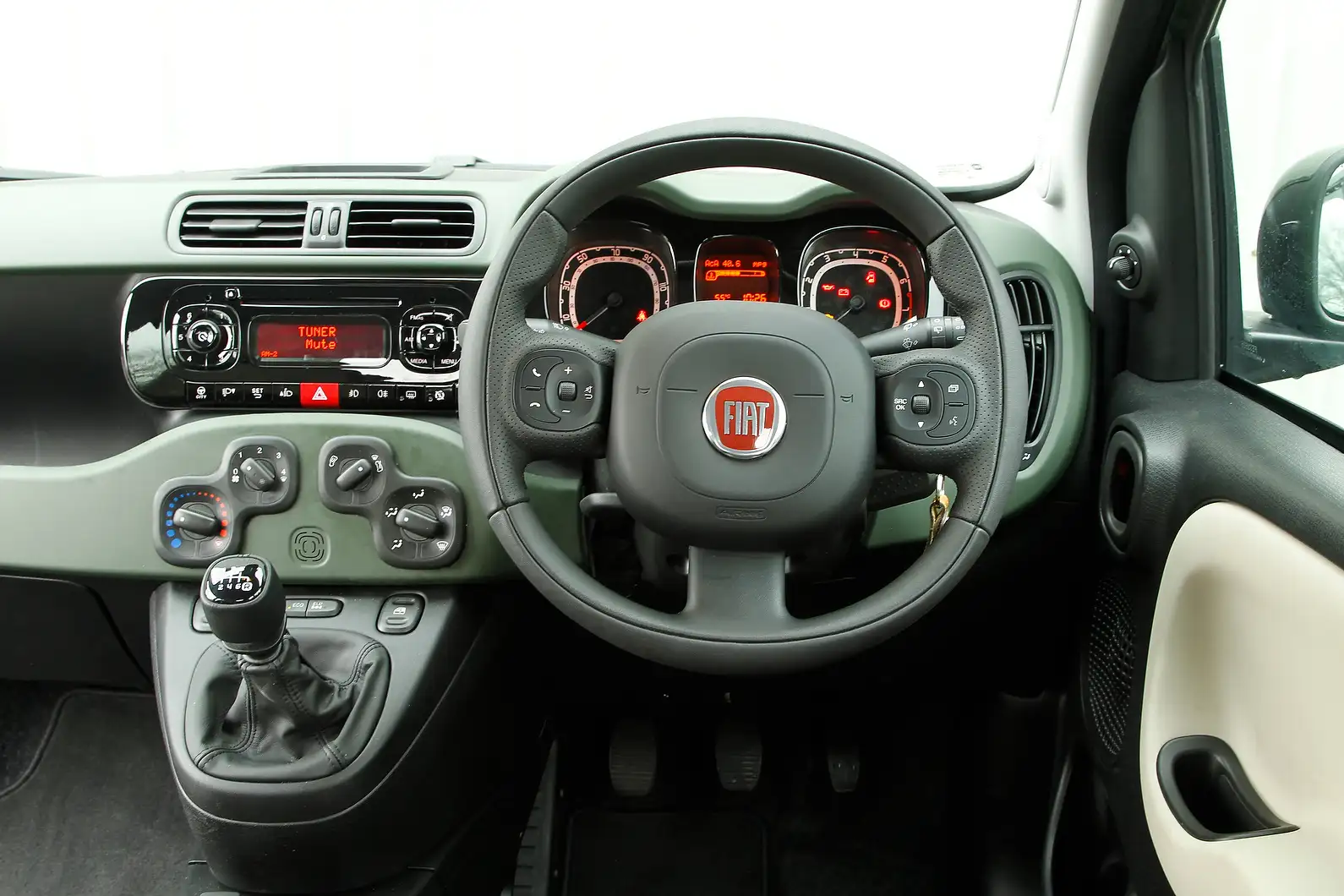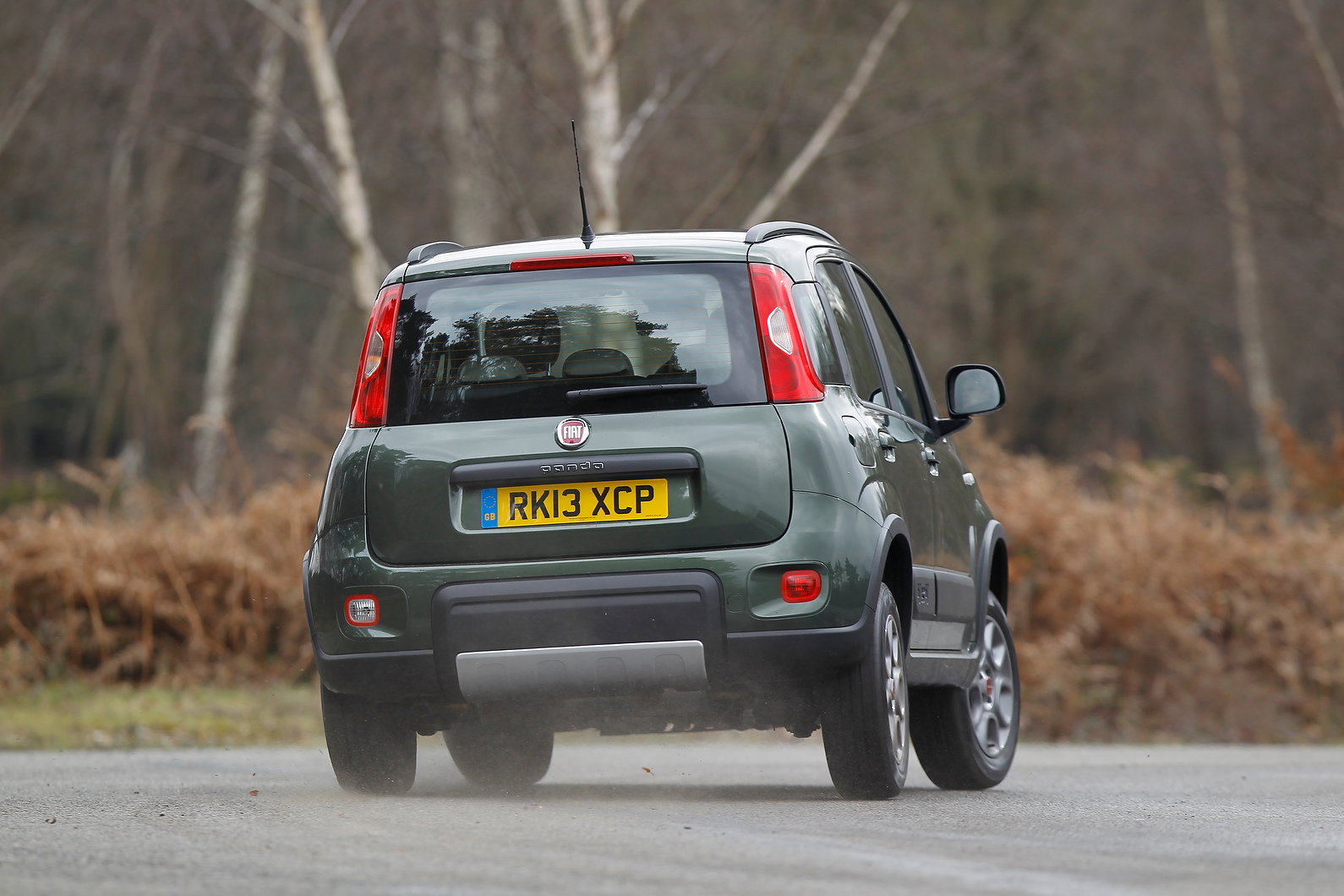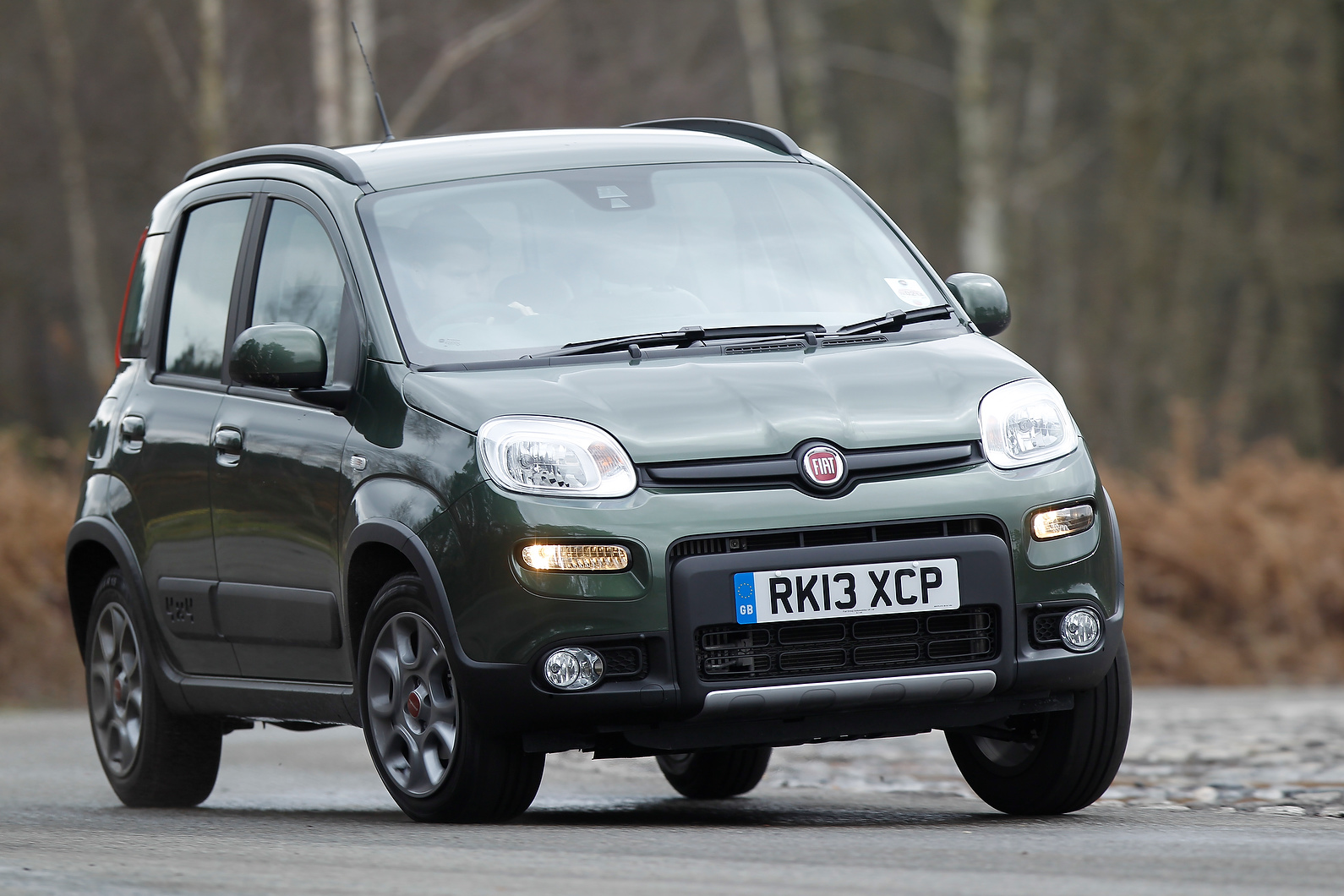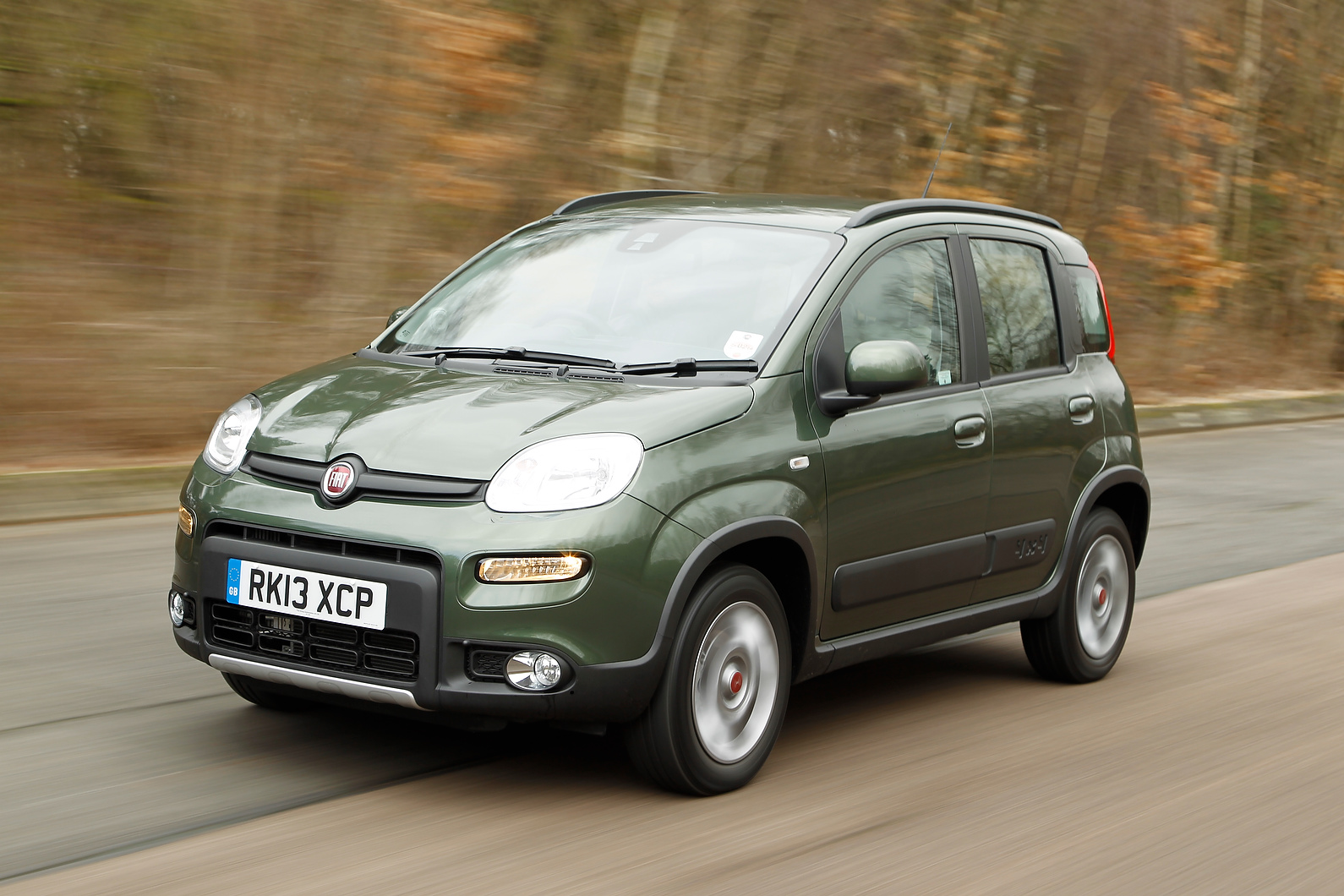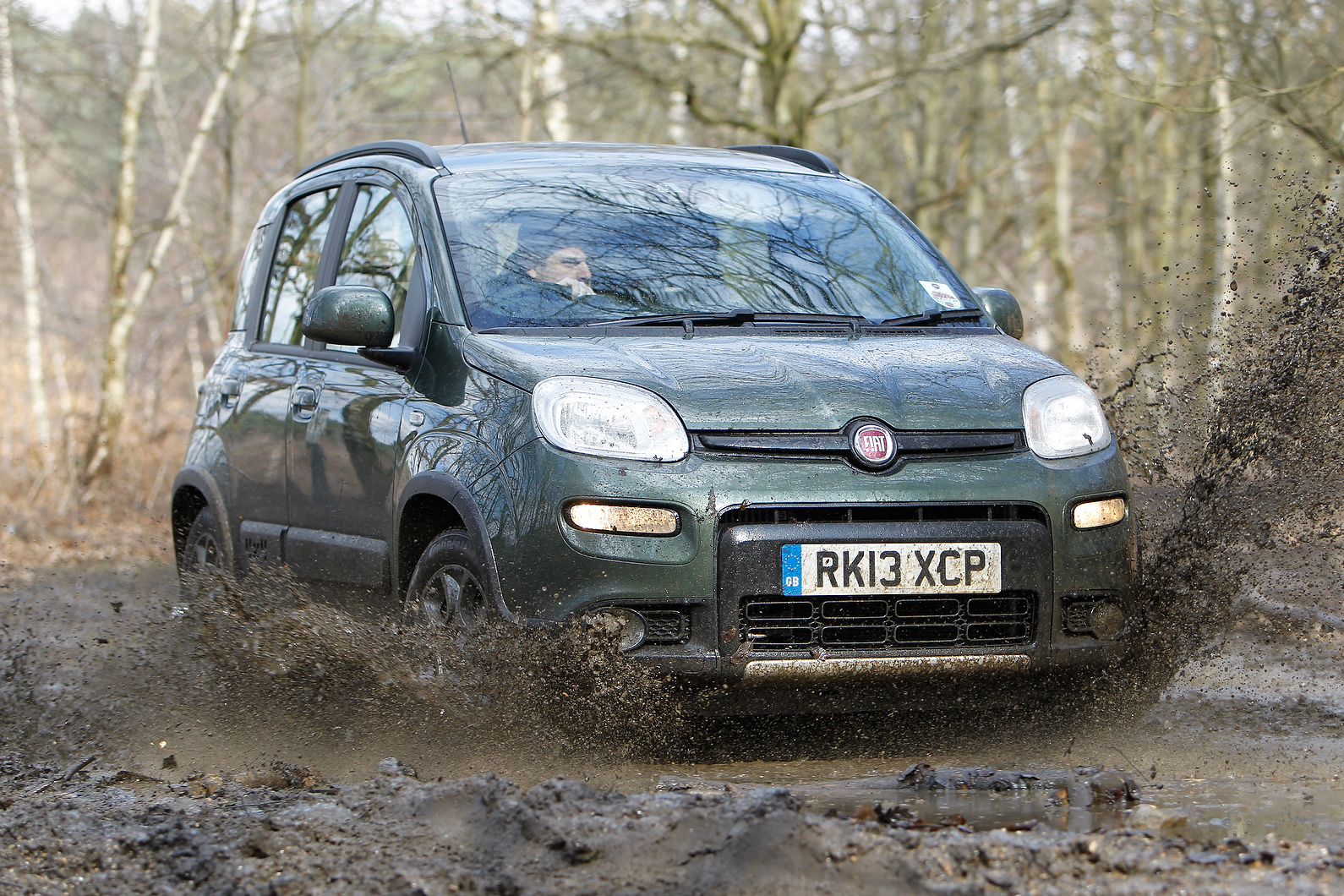We love the Fiat Panda 4x4. It’s no secret. This isn’t the first time the Panda has been offered with the option and, as long as there remains a plethora of dusty roads in Mediterranean countries and snowy ones on higher ground, we suspect it won’t be the last.
The standard Fiat Panda is as spacious, well priced and well equipped as its rivals, it drives in a way that provides a modicum of interest to enthusiasts and, in Panda TwinAir form, it has an interesting and characterful – if not as efficient as hoped – two-cylinder engine.
Perhaps it’s the design. Maybe it’s the 'squircles'. Perhaps it’s just that Fiat, possibly more than any other car maker, really understands that a city car is meant to be fun. It’s not all subjective, mind. And, with this variant, the Panda can add something else to its repertoire: four-wheel drive.
There are plenty of fine city cars out there – the latest triumvirate from the Volkswagen Group among them (Volkswagen Up, Skoda Citigo and Seat Mii) – but still, there’s something about the Panda that manages to warm our hearts even in that company.
In 4x4 form it's even more engaging and, more importantly, one of the few cars of its size and class that's so equipped. Rivals are few and far between, with only the Dacia Duster, Suzuki SX4, Vauxhall Adam Rocks and Fiat 500X presenting themselves as genuine alternatives.



